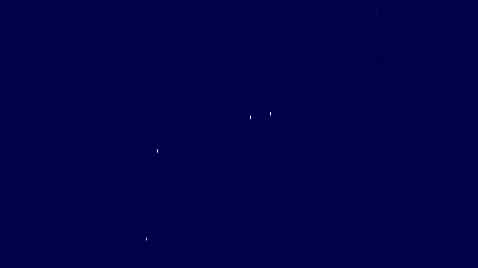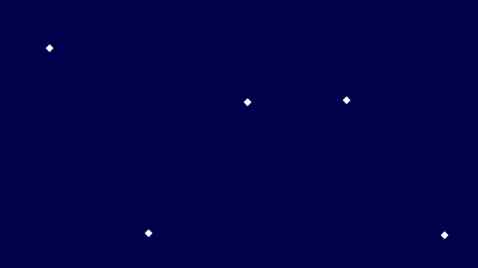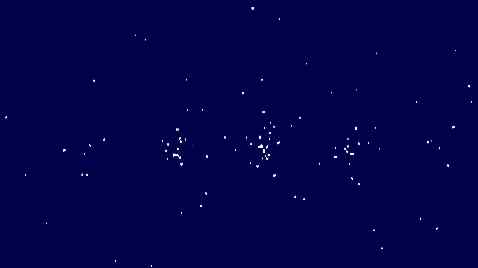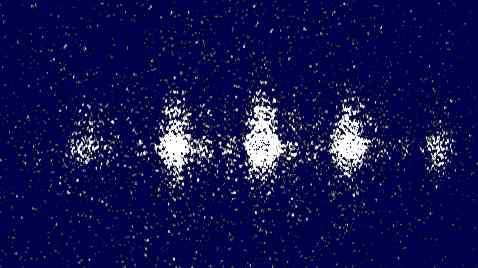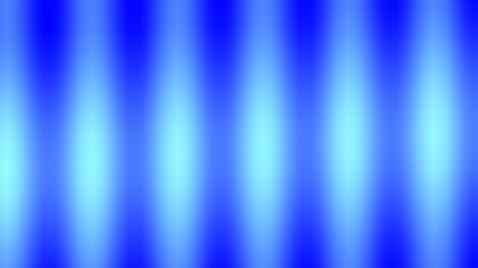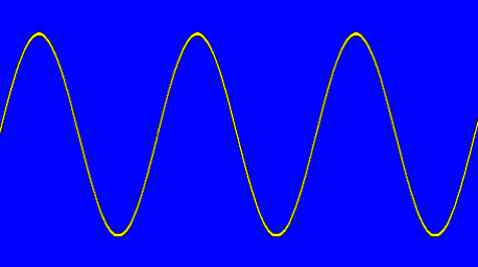1. Duality Wave /
Particles
That is our first analogy : in both Quantum Mechanics and
Digital Signal Processing, waves are represented by discrete
"particles". In Quantum Mechanics, light is represented by photons; in
Digital Signal Processing, waves are represented by samples.
It took scientists three centuries to accept the
dual nature of light, both waves and particles, and even today that is not easy
to understand that duality, when with Digital Signal Processing that is quite
clear and easy.
According to many experiments, light is both a wave and a collection
of particles, and that is not easy to understand that duality.
On the pictures above, we see that particles of light (photons), when
accumulating, form the pattern of a wave. For large numbers of photons, this
pattern is almost perfect.
According to quantum mechanics, this wave is not real and is but
representing a probability of presence of photons.
If we extend the analogy with Digital Signal Processing, this means that
the photons from our physical world are a discrete representation of
continuous and perfect waves from an upper universe.
The pictures above represent what occurs routinely with digital signal
processing.
First there is a continuous wave or signal in our "real" world. This
continuity is in fact an illusion, as our world is made of particles, but for
large number of particles that illusion is almost perfect.
Then there is a device called "analog to digital converter", which is
transforming the real signal into numbers which are stored inside a
computer.
With Digital Signal Processing, we know that the computer cannot represent
a perfect wave, but we know also that the samples inside the
computer represent a real wave which is almost perfect at a macroscopic
level.
With Digital Signal Processing, we know that there is a real wave
outside the computer.
The left side is illustrating the dual nature of light, which is both
a wave and a collection of particles. The pictures come from an experiment
carried out at Princeton University.
The right side shows how a quasi-continuous wave from our "real" world, for
example a sound, is converted into samples.
In our analogy, samples are the equivalent of photons.
A perfect wave from an upper universe?
A quasi perfect wave from our "real" world
Digital Signal Processing
5 samples inside the computer
5 photons in the physical universe
20 samples inside the computer
100 samples inside the computer
150 photons in the physical universe
15000 photons in the physical universe
Version 3
December 31, 2007
